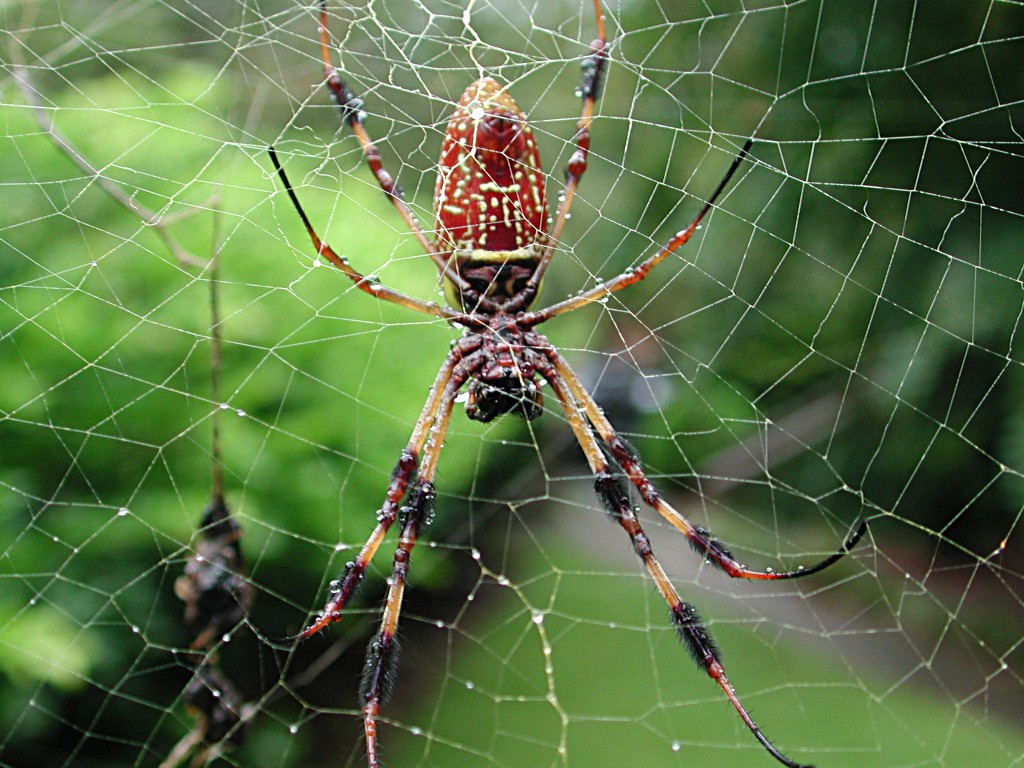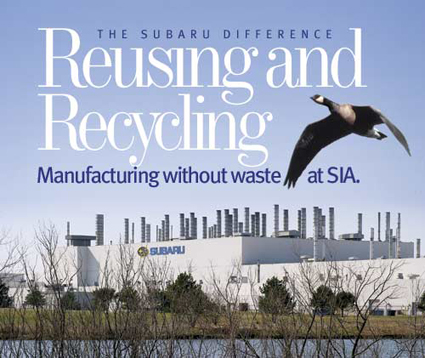If you haven’t heard of augmented reality (AR), you will. It’s a way to use electronic devices to create three-dimensional experiences that insert the viewer into the action. Advertisers have been using it for years to allow consumers to “insert” themselves into video games or allow them to see three-dimensional holographic type views of products on their laptops and mobile phone screens.
Now the technology is moving into the environmental movement. Total Immersion, one of the global leaders in augmented reality, has joined forces with two environmental organizations to bring eco-awareness to children visiting SEA Lab in Redondo Beach.
In association with the Montrose Settlements Restoration Program and Pavement LA, Total Immersion developed an environmental kiosk that uses AR to teach kids about pollution and its effects on wildlife and the environment. DDTs and PCBs dumped in the ocean near Los Angeles decades ago continue to contaminate natural resources in the area.
Kiosk visitors can sample any of three AR experiences, each accompanied by an embedded informational video. (Watch the YouTube video of a visitor using the AR kiosk here.)
As kids witness the nesting habits of bald eagles, they learn about the lingering impact of DDT on the species. A separate vignette highlights habitat restoration among native seabirds, known as murrelets, while a third promotes safe fishing via an animated look at the white croaker, a fish at risk from DDTs and PCBs that are still found in the sand and mud on the ocean bottom.
“Augmented reality is an entirely new way to engage children, promoting ecological consciousness and interaction with endangered species through the magic of this technology,” said Gabrielle Dorr, outreach coordinator, National Oceanic & Atmospheric Administration, in a press release. “What’s especially helpful is the blend of AR and video within each scenario. Each reinforces the other and underscores our message.”
From my perspective, I’m all fo rit. If we can use AR to sell Cheez curls and mini-Cabrios, surely we can use it to do something good for the planet. We can only hope the energy needs of these kiosks are being met by renewable energy and not power off the grid!




